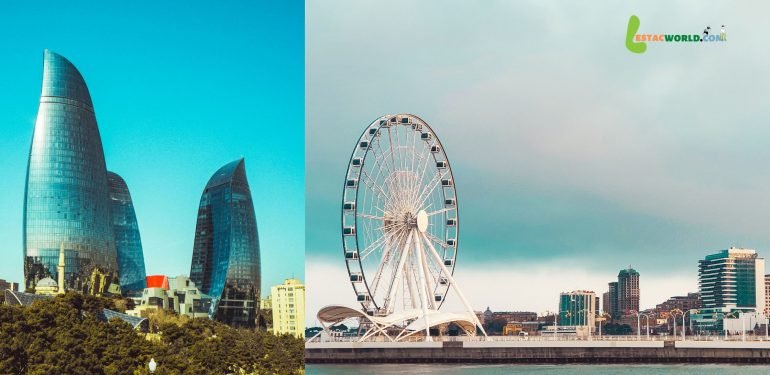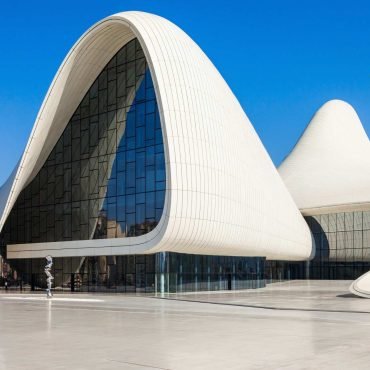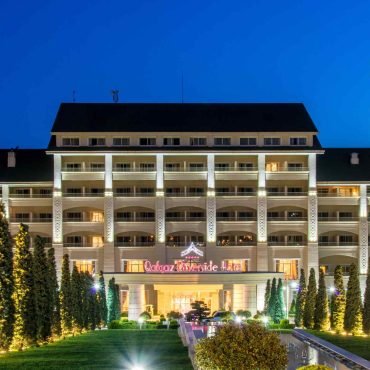Azerbaijan is an incredible country located in the South Caucasus region, known for its rich cultural heritage, breathtaking landscapes, and delicious cuisine. As one of the fastest-growing tourist destinations in the world, Azerbaijan has something to offer to every traveler. With a wide range of Azerbaijan tour packages available, exploring this beautiful country has never been easier.
From the modern city of Baku to the ancient petroglyphs of Gobustan, Azerbaijan offers a unique blend of old and new. Visitors can explore the UNESCO-listed Old City of Baku, filled with ancient landmarks and winding streets, or take a trip to the stunning mountain ranges of the Caucasus.
Azerbaijan’s rich history can be seen in its many museums, including the National Museum of History and the Museum of Modern Art. The country is also home to many historical landmarks, such as the Maiden Tower and the Palace of the Shirvanshahs, both located in the Old City of Baku.
Foodies will love Azerbaijan’s delicious cuisine, which is a blend of Persian, Turkish, and Caucasian flavors. Traditional dishes like plov, dolma, and kebab are sure to delight your taste buds. And of course, no trip to Azerbaijan is complete without trying their famous tea, served in small glasses and paired with a variety of sweets.
Whether you’re looking for a romantic getaway, a family vacation, or an adventure-filled trip, Azerbaijan has something for everyone. With so many Azerbaijan tour packages available, planning your dream trip has never been easier. Explore the country’s rich culture, stunning landscapes, and delicious cuisine, and create memories that will last a lifetime.
Some pointers :
- Azerbaijan is a fascinating country located at the crossroads of Eastern Europe and Western Asia, offering a unique blend of cultures and landscapes.
- Azerbaijan is known for its rich history, traditional architecture, and modern attractions such as the Flame Towers in Baku.
- With Azerbaijan tour packages, travelers can explore the capital city of Baku, visit the ancient city of Sheki, and take in the natural beauty of places like Gobustan National Park and the Caucasus Mountains.
- Azerbaijan tour packages typically include accommodation, airport transfers, and guided tours of the country’s top attractions.
- Travelers can choose from a range of Azerbaijan tour packages, from budget-friendly options to luxury experiences.
- Azerbaijan tour packages often include visits to historical landmarks such as the Maiden Tower, Palace of the Shirvanshahs, and the Old City of Baku.
- Azerbaijan’s cuisine is a unique blend of Eastern European, Middle Eastern, and Central Asian flavors, and a tour package may include visits to local restaurants and food markets.
- Azerbaijan is home to several world-class museums, including the Azerbaijan Carpet Museum, the National Museum of History, and the Heydar Aliyev Center.
- A tour package may include activities such as hiking, skiing, and horseback riding in the beautiful natural landscapes of Azerbaijan.
- Azerbaijan tour packages offer an excellent opportunity to explore this fascinating country with the help of experienced guides and travel professionals.




